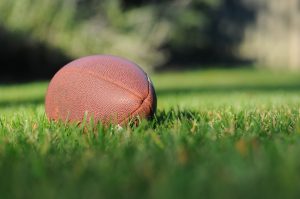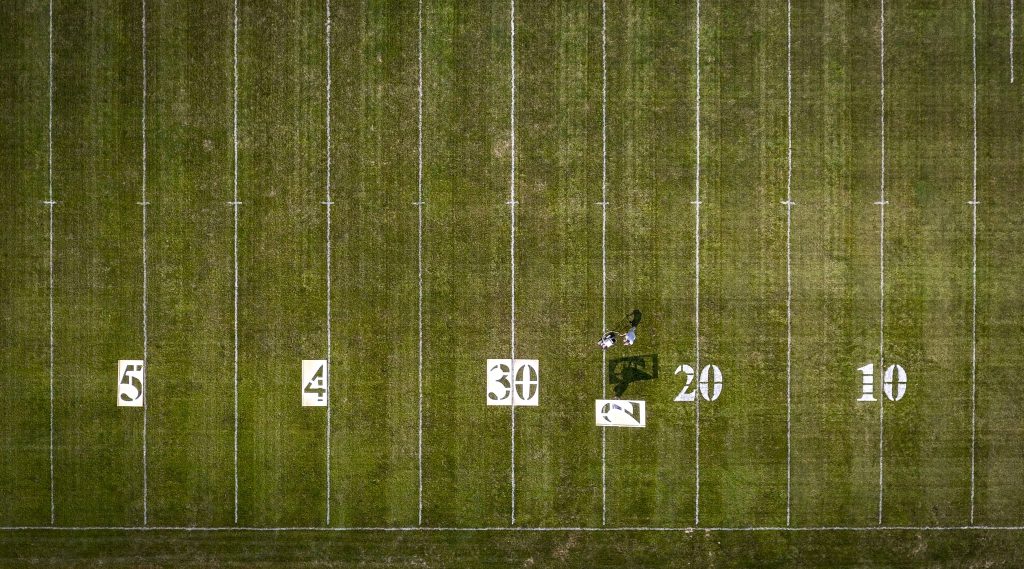
Football is full of STEM concepts-speed, distance, uniform design and functionality-the list goes on. Get your children thinking about football and how we participate as spectators using a STEM lens with these ideas!
Activity 1: It’s Not Just About the Game
Check out this interactive post about STEM and Football with your children! Take the quiz with them and watch the videos, discussing key vocabulary terms and asking them to record any questions or ideas that pop up.
Activity 2: Millions and Millions of Football Screens
According to data analytics firm Nielsen, NFL Sunday Night Football was the most watched regularly scheduled TV program in 2017.
On average, approximately 18.6 million people tuned in to watch NFL Football on Sundays in 2017. 112 million people watched the Super Bowl. According to US Census Data, there are approximately 325.7 million Americans in the United States. Using these figures, work with your children to help them determine the percentage of Americans who watched football on Sundays (~5.7%) and who watched the Super Bowl (~34%). Deepen their understanding with these guiding questions/activities:
- Now that we’ve determined the approximate percentage of football viewers, how could we graph or depict the percentage of Sunday NFL viewers to non-viewers?
- What technology do you think the company Nielsen uses to collect TV viewership data? If you were to design a data collection system for TV, how would it work? How do you think Nielsen uses the data? How do other companies use it?
Activity 3: Running the Distance!


- What tools might you use to measure the distance?
- Have them walk, run, roll, skip, hop or jump the 120 yards as many times as possible. How long did it take for you to move across the 120 yards? If the average football game is about three hours long, how often do you think a professional football player runs 120 yards (estimate)?
- Encourage your children to use this calorie calculator to determine approximately how many calories they burned during their yard activity.
Activity 4: Pizza Pizza!


- Some delivery apps like Uber Eats institute “surge” pricing during big events or holidays based on basic supply and demand concepts. Explain to your children that on Super Bowl Sunday, it might cost more to have food delivered using a delivery app. Why do they think it might cost more? What times during the game do they think the pricing would be the highest? Why? What other factors may impact surge pricing changes? When might be the best (or cheapest) time during Super Bowl Sunday to order food?
- Print a map of your city or town by zip code, then choose a chain pizza delivery company that has a number of stores in your area. Look up the different delivery zones on their website, typically sorted by zip code, then ask your children to shade the zones on the map. What patterns do they notice? How many square miles does each zone cover? How quickly could a delivery driver travel from one zone to another?
Activity 5: Turf Wars
According to this article, there’s an ongoing debate about turf versus natural grass in football stadiums. Encourage your children to explore this real-world scenario by researching the differences between turf and grass. Which one costs more overall? Why? What are the pros and cons of each type of ground cover?








Add comment